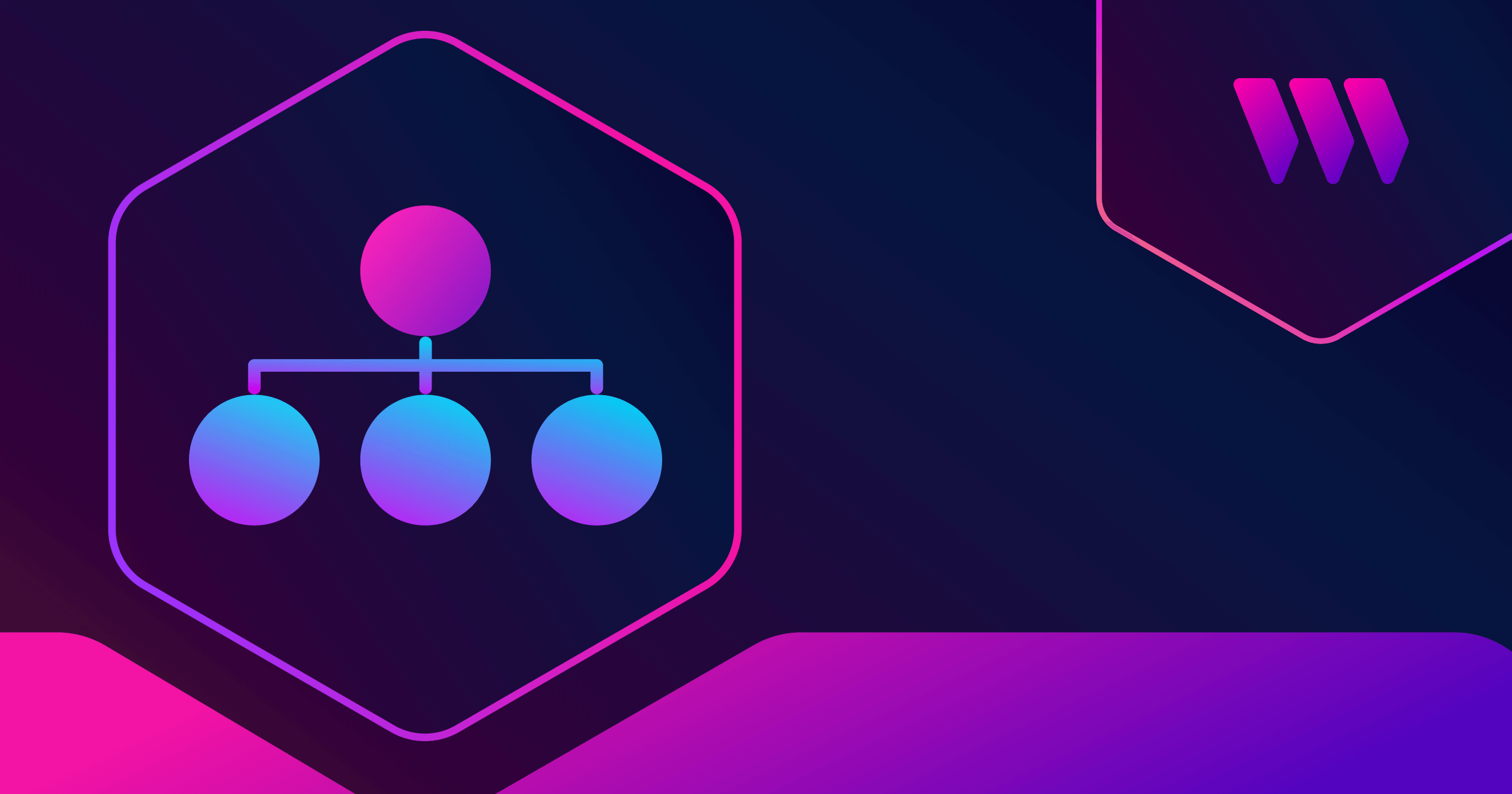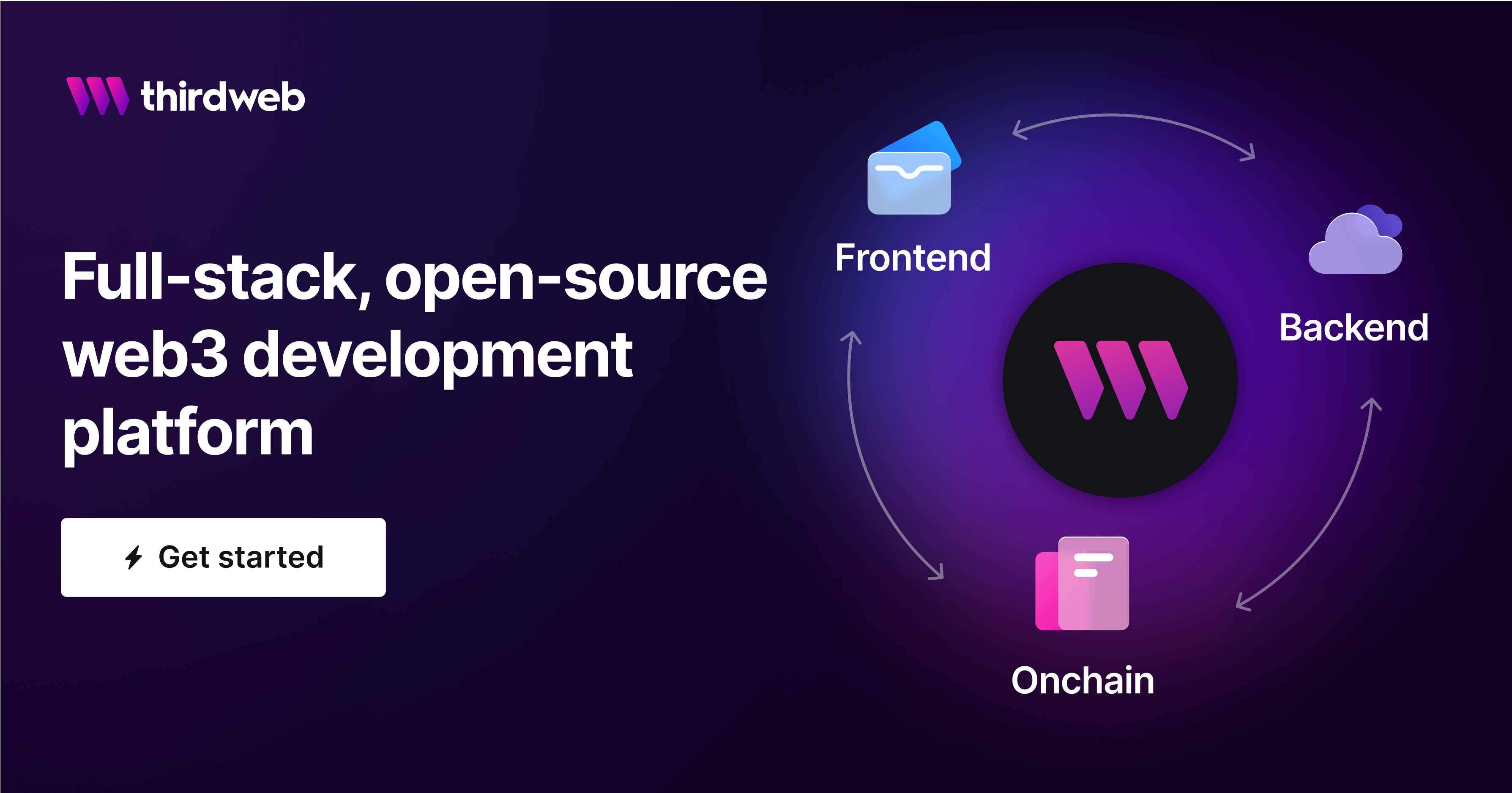Mainnet vs. Testnet: What's the Difference?

If you've recently started building in web3, you may have come across the terms 'mainnet' and 'testnet' a lot. But what's the difference between developing on a mainnet vs. a testnet? Which one should you choose depending on your use case? And why do we need both?
In this blog post, we're going to demystify everything you need to know about using blockchain mainnets and testnets. We'll cover what mainnets & testnets are, how they're different from each other, what each is used for, and why they're both so important when it comes to blockchain development.
What is a mainnet and why is it important?
A mainnet is the operational version of a blockchain network where real transactions and operations are executed and recorded on the blockchain. It represents the live version of the blockchain network, where all the rules, consensus mechanisms, and security protocols are enforced, making it essential for the functioning of the network — enabling users to transact with cryptocurrencies and conduct various operations on the network, such as smart contracts, token issuance, and decentralized applications.
A mainnet provides users with the confidence that their transactions are secure and immutable, as they are recorded on a distributed ledger that is tamper-proof and transparent — and thus operating a successful mainnet is vital to a blockchain's adoption.
But then why isn't everything done on a blockchain's mainnet? Why do we need a testnet?
What is a testnet?
A testnet, on the other hand, is a version of the blockchain network that is used for testing purposes (as the name suggests). It is a simulated version of the network's mainnet that allows developers and users to explore new ideas & test applications without losing funds or impacting the mainnet.
Testnets are crucial for web3 development as they provide a safe environment to identify potential issues, optimize performance, and ensure a seamless user experience.
This allows developers to experiment with new features, deploy test smart contracts, and build applications — without using real funds or deploying untested code (which will be more difficult to change once it's live on mainnet). It also enables developers to gather feedback from the community and improve their products before releasing them to the public.
How do mainnets and testnets work?
At a technical level, a mainnet consists of nodes that work together to validate and process transactions. These nodes maintain a shared ledger, ensuring the integrity and consistency of the network's data. Smart contracts deployed on the mainnet interact with the blockchain, executing predefined code based on user inputs or triggered events.
When a user sends a transaction on the mainnet, it's broadcasted to the entire network. Nodes validate the transaction, ensuring it meets the network's consensus rules. Once validated, the transaction is added to the next block and confirmed, updating the ledger and finalizing the transfer of value or execution of a smart contract function.
Testnets function similarly to mainnets, utilizing a network of nodes to validate and process transactions. However, testnet tokens hold no real-world value, allowing developers to experiment freely without financial risk. Testnets often have unique features, such as faucets, that distribute test tokens to users for testing purposes.
Why do we need testnets?
Due to the risk-free nature of testnets, they have a variety of use cases in replicating a blockchain's mainnet environment:
- Smart contract development and testing: Testnets allow developers to write, test, and refine smart contract code before deploying it on the mainnet. This helps prevent costly bugs and ensures the smart contract functions as intended.
- dApp development: Developers can create and test decentralized applications on testnets, simulating user interactions and verifying functionality in a controlled environment.
- Network upgrades and improvements: Testnets enable developers to test protocol upgrades, hard forks, or other changes to the blockchain network itself, ensuring stability and compatibility before implementation on the mainnet.
- Wallet and infrastructure testing: Wallet providers, exchanges, and other blockchain infrastructure services can use testnets to verify the compatibility and performance of their solutions, identifying potential issues before they impact end-users. This includes testing team wallets for organizations, decentralized autonomous organizations (DAOs), and companies, ensuring secure and efficient management of their assets.
- User education and onboarding: Testnets provide a risk-free environment for users to learn about blockchain and cryptocurrencies, allowing them to practice using wallets, interacting with dApps, and understanding transaction fees without risking real-world assets.
Why do testnets get deprecated?
The Ethereum Foundation has deployed and deprecated multiple testnets — recently shutting down the Rinkeby & Ropsten testnets, replacing them with the Goerli testnet for widespread use, and more recently launching the Sepolia testnet. Testnets are deprecated for various reasons, such as:
- Upgrades and protocol changes: Testnets may become deprecated if the Ethereum network undergoes significant protocol changes or upgrades that render the existing testnets incompatible or obsolete. In such cases, a new testnet may be launched to reflect the updated protocol or changes, and the previous testnet may be deprecated.
- Low usage and activity: If a testnet is not being actively used or does not attract enough participation from developers and users, it may be deprecated. Maintaining an underutilized testnet can be expensive and resource-intensive, so it may not be practical to continue running it.
- Security issues: If a testnet is compromised or found to be insecure, it may be deprecated to prevent any further damage or security breaches. Security issues can undermine the credibility and trust in the testnet and the underlying Ethereum network, making it essential to take swift action to address them.
- Transition to a new network: If a testnet serves as a transitional phase to a new network, it may be deprecated once the new network is launched. This was the case with the Ethereum 2.0 testnets, which were used to test the new proof-of-stake consensus mechanism and other features of the upgraded network. Once the Ethereum 2.0 mainnet was launched, the testnets were deprecated.
Ethereum upgrades serve as excellent examples of how changes are first tested on various testnets before being deployed to the mainnet. Ethereum developers propose and implement improvements to the protocol, known as Ethereum Improvement Proposals (EIPs). These improvements undergo rigorous testing on different Ethereum testnets, such as Goerli, Ropsten, and Rinkeby, before being integrated into the mainnet.
For instance, the Ethereum 2.0 upgrade, also known as The Merge, was a significant and complex update aimed at transitioning Ethereum from a proof-of-work (PoW) consensus mechanism to a proof-of-stake (PoS) system. This transition was carried out in multiple phases, with each phase undergoing extensive testing on testnets before being rolled out on the mainnet.
This approach ensures that any potential issues are identified and addressed before the changes impact the Ethereum mainnet and its users.
List of 7 Mainnets & Testnets
Here's a list of popular blockchain mainnets, each with their most active testnets, with resources for each — including block explorers, faucets, & smart contracts you can deploy:
Ethereum
- Mainnet: Ethereum Mainnet
- Testnets: Goerli Testnet, Sepolia Testnet
Polygon (MATIC)
- Mainnet: Polygon Mainnet
- Testnets: Mumbai Testnet
Optimism
- Mainnet: Optimism Mainnet
- Testnets: Optimism Goerli Testnet
Base (Coinbase L2)
- Mainnet: Base Mainnet (coming soon)
- Testnets: Base Goerli Testnet
Avalanche
- Mainnet: Avalanche C-Chain
- Testnets: Avalanche Fuji Testnet
Arbitrum
- Mainnet: Arbitrum One Mainnet
- Testnets: Arbitrum Goerli Testnet
Polygon zkEVM
- Mainnet: Polygon zkEVM Mainnet
- Testnets: Polygon zkEVM Testnet
You can find all of the above — along with resources to get started with each — thirdweb's Chainlist, where you can also deploy any smart contract to 700+ EVM-compatible blockchains in a matter of minutes:

How to get started with any testnet
To begin developing smart contracts and web3 applications on a testnet, follow these steps:
- Choose a blockchain network and its corresponding testnet.
- Create a testnet wallet and acquire test tokens from a faucet or other source.
- Set up a development environment, such as Remix for Ethereum, Truffle for various EVM-compatible networks, or Solana's tool suite for Solana development.
- Write, test, and deploy your smart contracts on the testnet.
- Interact with your smart contracts and dApps, refining and optimizing as needed.
How to take a dApp from testnet to mainnet
Once you've thoroughly tested your smart contract or dApp on a testnet, follow these steps to deploy it on the mainnet:
- Review your code and ensure all bugs have been fixed and optimizations implemented.
- Switch your development environment to the mainnet configuration.
- Deploy your smart contract or dApp using your mainnet wallet and real-world assets.
- Monitor and maintain your deployed project, addressing any issues that arise and ensuring smooth operation for users.
Learn more with thirdweb's collection of guides & get started with thirdweb's web3 development tools — compatible with any EVM-compatible blockchain:

Frequently Asked Questions (FAQs)
What is the main difference between mainnet and testnet?
Mainnets are live networks where real-world value is exchanged, while testnets are parallel networks for testing and development with no real-world value at risk.
Can I transfer testnet tokens to the mainnet?
No, testnet tokens hold no real-world value and cannot be transferred to the mainnet. They are solely used for development and testing purposes within the testnet environment.
Are testnet tokens valuable?
No, testnet tokens hold no real-world value and cannot be transferred to the mainnet. They are solely used for development and testing purposes within the testnet environment.
Do I need a separate wallet for testnet and mainnet?
You can use the same wallet for both testnet and mainnet, but it is recommended to create a separate test wallet for smart contract development and testing.
How can I acquire testnet tokens?
Testnet tokens can typically be obtained through faucets, which distribute tokens for free to users for testing purposes. Some testnets may also provide alternative methods for acquiring test tokens.
Can I use the same development tools for both mainnet and testnet?
Yes, most development tools support both mainnet and testnet configurations. However, you will need to switch the network settings in your development environment when transitioning between mainnet and testnet.
How often should I use testnets during development?
It's recommended to use testnets throughout the development process, from initial prototyping to final testing. Frequent testing helps ensure the stability and functionality of your dApp or smart contract, minimizing the risk of issues when deploying to mainnet.
Can I lose my mainnet assets if I make a mistake on testnet?
No, testnet transactions and activities are entirely separate from mainnet and have no impact on your real-world assets. It is recommended to create a separate test wallet for smart contract development and testing.
Concluding thoughts
To conclude, mainnets and testnets play very different roles on the blockchain — but they complement each other in importance. While mainnets facilitate real-world transactions and dApp interactions, testnets provide a safe and controlled environment for development and testing.
We hope this blog post has helped you better understand what mainnets vs. testnets are, what the different use cases are, and how to get started with smart contract development on Ethereum & other EVM-compatible blockchains!
If you have any questions, join 33,000+ other builders in our Discord community — or reach out to the team directly for more info on how to build web3 apps easily.
And if you're ready to build, get started with thirdweb’s web3 tools, SDKs, and smart contracts — deployable on any EVM chain!
